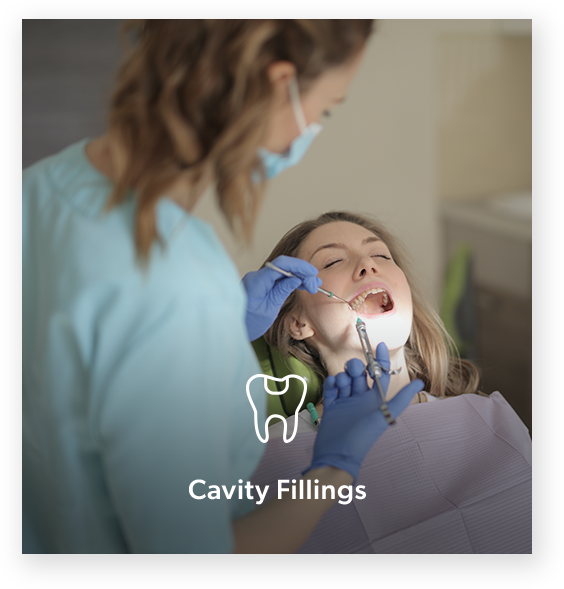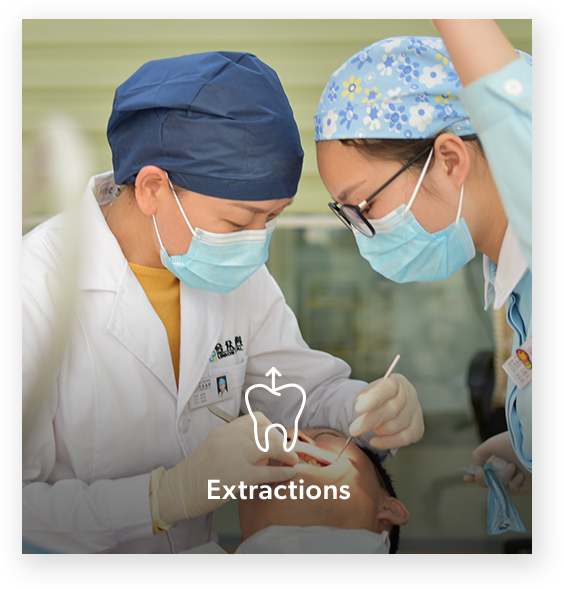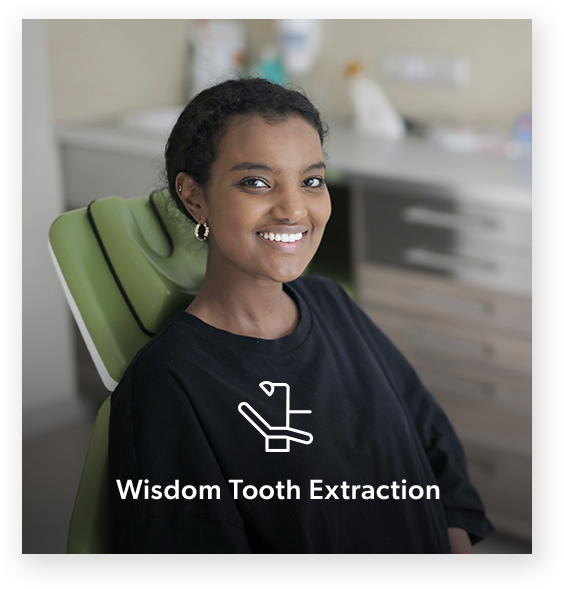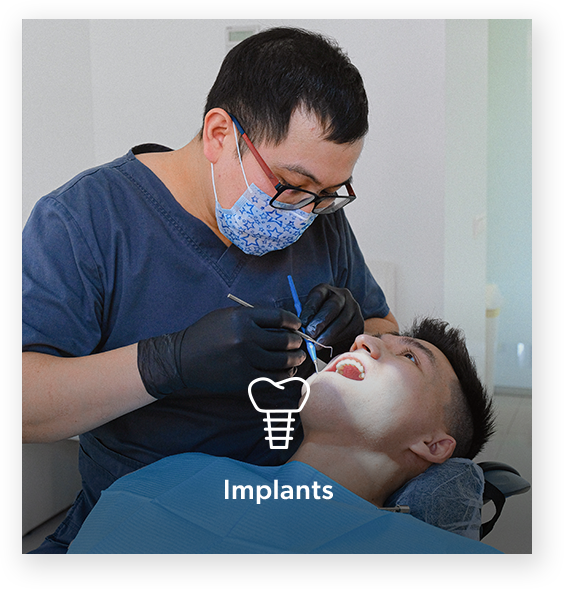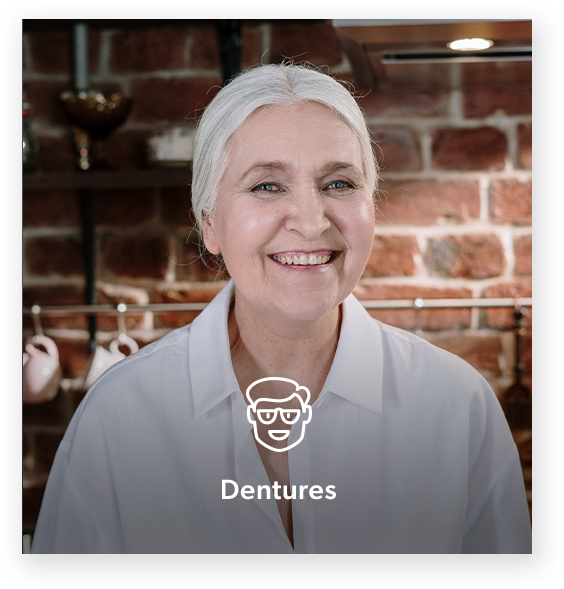Checkup and Cleaning

First, welcome to Summerlea. If this is your first visit, we always recommend a complete check-up and cleaning. Your appointment will consist of 3 steps.
- 1 .Check-in.We will gather your information including your medical history. This is either done on a computer using our exclusive Fast Check-In, or manually on a paper form.
- 2. Meet our hygienist. A hygienist will assess your gingival and periodontal health and make an assessment for your personalized maintenance needs. She will also take X-rays if necessary. The bulk of your appointment is spent cleaning (scaling) your teeth followed by polish and fluoride.
- 3. Meet your doctor. Dr. Taha Jomha will then perform a detailed oral exam. This consists of a soft tissue exam including cancer screening. Next, your dentition (teeth) will be assessed. Your first appointment will be extended to answer all of your questions so do not feel rushed. Dr. Jomha will take as much time as you need to discuss your dental health. Your visit may also include impressions (models) and intraoral pictures.
Learn about Professional Teeth Cleaning
Checking for Infections and Cavities
When it comes to maintaining a healthy smile, practicing good oral hygiene and having regular dental checkups and teeth cleanings play an important role. You can schedule your annual routine exam and X-rays and an appointment for teeth cleaning in Edmonton with our team at Summerlea Dental.
It's always best to detect problems early and we can help. We always recommend your annual check-up even if you regularly brush and floss, there may be areas that you could miss, which can lead to tooth decay and/or periodontal (gum) disease.
Professional teeth cleaning usually consists of three steps: scaling, polishing and fluoride.
- Scaling – Dental scaling is routinely performed to help patients with gum disease and excessive plaque buildup. While a standard cleaning will address the surface of the tooth, scaling goes much deeper
- Polishing – Once the tartar has been scaled away, your teeth are then ready for polishing. Tooth polishing is done to smooth the surfaces of teeth and restorations. The purpose of polishing is to remove extrinsic stains, remove dental plaque accumulation, increase aesthetics and to reduce corrosion of metallic restorations.
- Fluoride – It’s usually recommended that you also get a fluoride treatment after your cleaning, which helps further strengthen your teeth’s enamel through the usage of a rinse, gel, foam or varnish containing fluoride.
Learning about Gum Disease
Periodontal (gum) disease is actually a progressive condition that can be broken down into four distinct stages as it progresses: gingivitis, periodontitis, moderate periodontitis and advanced periodontitis.
- Gingivitis – Gingivitis is the only stage of periodontal disease that is reversible as it has not yet had time to attack the bones. It is the result of a buildup of plaque around the teeth. There are only a few signs at this stage and most are painless. This is what makes periodontal disease so common and so concerning. It is silent until it is not. Periodontal disease does not typically break its “silence” until the fourth and final stage. Beginning signs to watch out for include bad breath on occasion, swelling and redness of the gums, and bleeding when brushing or flossing. Good overall oral hygiene and regular checkups can treat and reverse gingivitis.
- Periodontitis – Slight periodontal disease is the second stage of periodontal disease. It is not reversible, but it is manageable. Once a patient reaches stage two, the infection has spread to the bone and begins its bone-destroying process. The bacteria evolves and becomes more aggressive, which is what causes the additional bone loss. Simple oral hygiene will no longer cut it. Signs include increased swelling or redness of the gums, bad breath, bleeding during brushing or flossing, and probing depths that are between four and five millimeters.
- Moderate Periodontitis Like a slight periodontal disease, the third stage of periodontal disease cannot be reversed. At stage three, the same symptoms as stage two occur but probing depths are greater at six to seven millimetres which allows for even more bacteria to attack, not only your bones but your bloodstream and immune system as well. Treatment for stage two and stage three periodontal disease consists of scaling and root planing. Scaling and root planing are forms of deep cleaning that remove the deposits of bacteria that are deeply rooted in your gums. If left untreated, these stages can progress to bone and tooth loss, gum sensitivity, increased bleeding, and the shifting of teeth.
- Advanced Periodontitis The final stage of periodontal disease occurs when the infection deepens even further and the bacteria, once again, evolves into disease-causing bacteria. You are now at a 50% – 90% risk of bone loss. In addition to bone loss, advanced periodontal disease causes red, swollen gums that ooze pus, cold sensitivity, further loosening of teeth, painful chewing, and severe halitosis. This stage requires periodontal surgery or periodontal laser therapy in order to clean the deep bacteria-filled pockets that have formed. If left untreated, stage four periodontal disease leads to spacing or gaps between the teeth, gum recession, patients needing dentures, and other overall health problems that can be serious.Treating periodontal disease quickly is of the utmost importance. Scheduling regular check-ups and cleanings and practicing good, daily oral hygiene habits can keep one from suffering from periodontal disease and/or can help halt the progression of periodontal disease.



